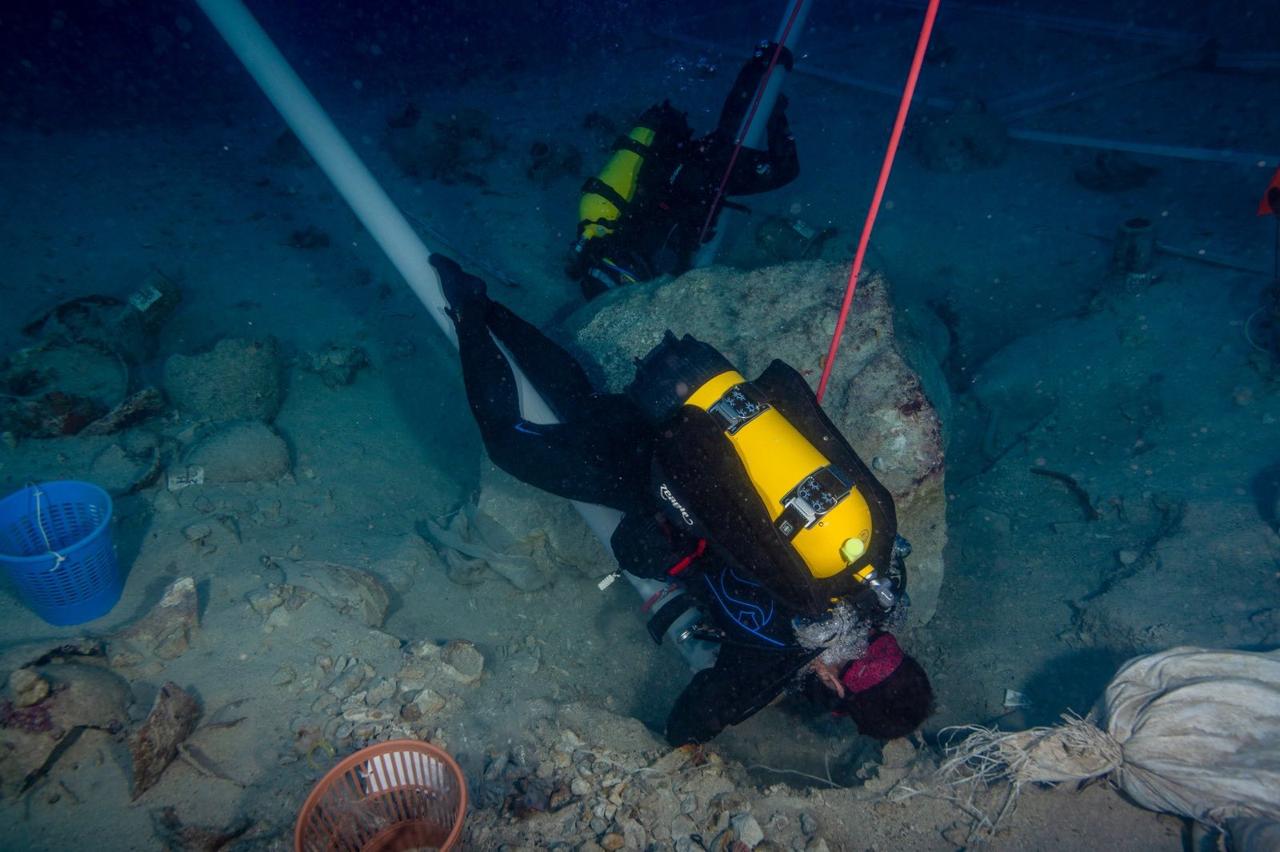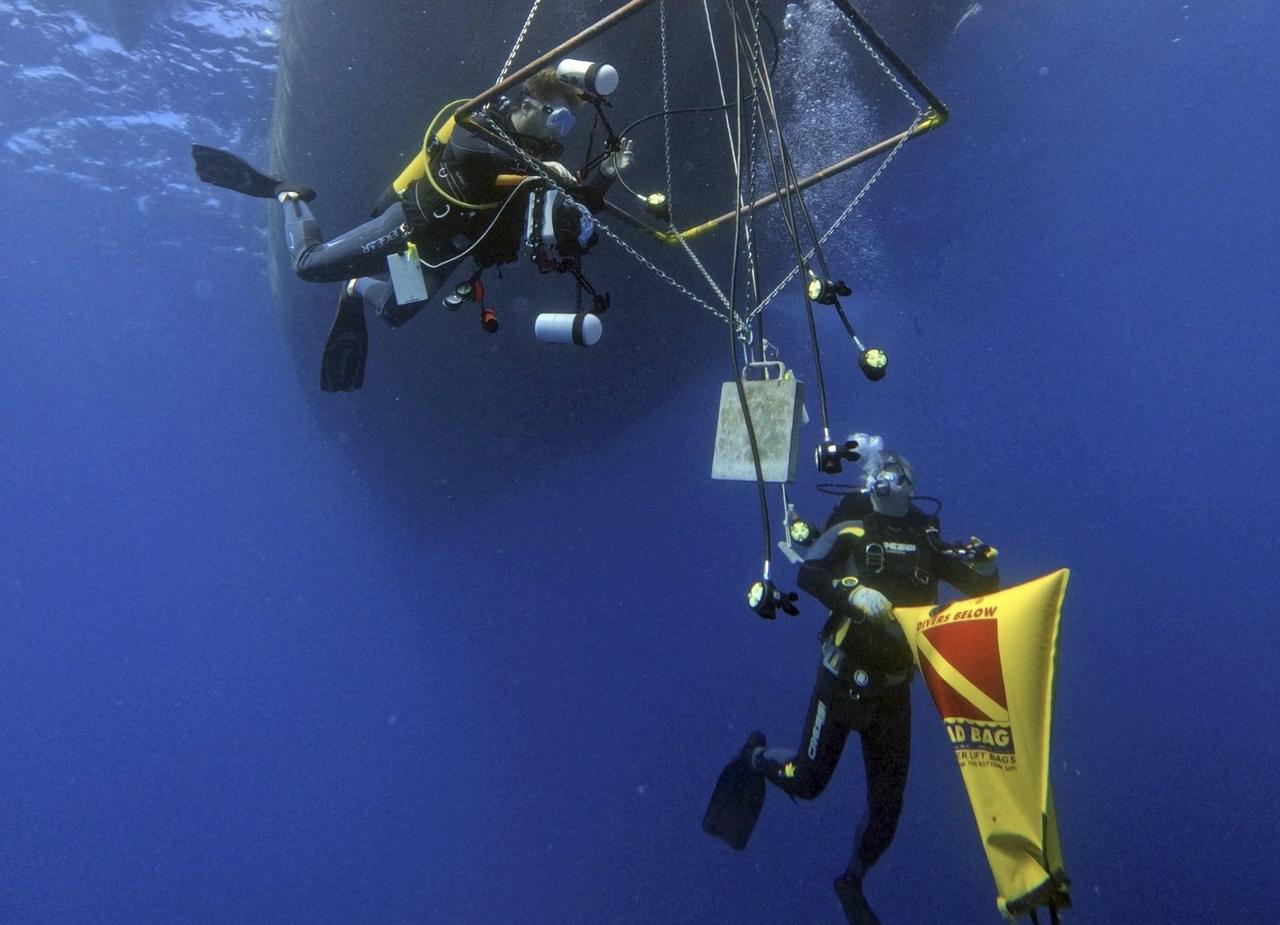
Underwater archaeological excavations have resumed at the Serce Harbor shipwreck, an ancient maritime shelter off the coast of Marmaris in Türkiye’s southwestern Mugla province.
The submerged remains, dated to the early third century B.C., are considered a valuable source for understanding Hellenistic-era shipbuilding and seafaring technology.
The excavation and documentation efforts are being carried out under the supervision of the Bodrum Museum of Underwater Archaeology, with scientific consultancy by Orkan Koyagasoglu from the Institute of Nautical Archaeology.
The project is taking place with the permission of the Turkish Ministry of Culture and Tourism and is supported by the Marmaris Chamber of Commerce.

Originally discovered in 1973 by Mehmet Askin, a sponge diver from Bozburun, the wreck was first reported by the Institute of Nautical Archaeology.
Although partial excavations were undertaken between 1978 and 1980, the work remained unfinished until the current phase, which resumed with institutional backing and enhanced technological capacity.
Resting at a depth of 33 to 37 meters (108.2 feet to 121.3 feet), the Serce Harbor shipwreck is dated to between 280 and 275 B.C.
Artifacts recovered from the site last year include amphorae identified as originating from Knidos, alongside ceramic fragments that bear a striking resemblance to those produced in Southern Anatolia, the Levant, and Egypt.
These findings suggest the vessel may have been engaged in active trade across the eastern Mediterranean region.
This year’s campaign, which will continue until mid-September, aims to remove the thick sand layer covering the shipwreck and to fully reveal the vessel’s structural outline.
According to a statement from the Marmaris Chamber of Commerce, all finds are being subjected to thorough analysis, supported by a sophisticated technological infrastructure designed specifically for underwater research.

The statement also highlighted that the excavations are being carried out aboard Virazon II, the world’s first and only vessel classified as an "Archaeological Research Ship."
The ship, fully designed by Turkish engineers, is equipped to support advanced underwater archaeological missions.
The Chamber underlined that the ongoing work is shedding light on the ancient strategic significance of the region and extended its appreciation to Koyagasoglu and his team for their efforts in carrying out this scientifically important project.